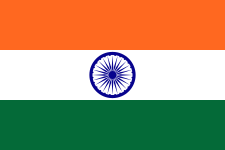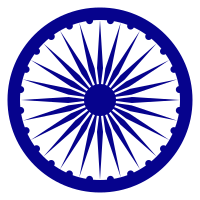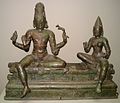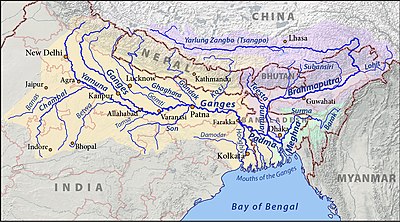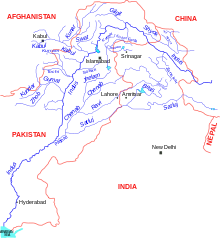Andhra Pradesh
Hyderabad city lakes
Arunachal Pradesh
Assam
- Deepor Beel Bird Sanctuary
- Chandubi Lake
Bihar
Himachal Pradesh
- Brighu Lake
- Dashair and Dhankar Lake
- Ghadhasaru and Mahakali Lake
- Kareri and Kumarwah lake
- Khajjiar Lake
- Lama Dal and Chander Naun
- Macchial Lake
- Maharana Pratap Sagar
- Manimahesh Lake
- Nako Lake
- Pandoh Lake
- Prashar Lake
- Renuka Lake
- Rewalsar Lake
- Seruvalsar and Manimahesh Lake
- Suraj Tal
- Surya taal
- Chandra Taal
Haryana
Jammu and Kashmir
Karnataka
Mysore City lakes
Kerala
- Ashtamudi Lake
- Kuttanad Lake
- Maanaanchira
- Paravur Kayal
- Punnamada Lake
- Shasthamkotta lake
- Vellayani Lake
- Vembanad Lake
Madhya Pradesh
Maharastra
Meghalaya
Manipur
- Loktak Lake. This lake in Manipur is famous for its floating islands.
Orissa
Punjab
Rajasthan
- Dhebar Lake
- Nakki Lake
- Pachpadra lake
- Pushkar Lake
- Rajsamand Lake
- Sambhar Salt Lake
- Balsamand lake
- Kaylana Lake
Udaipur City's Five lakes
Sikkim
Tamil Nadu
- Berijam Lake
- Chembarambakkam Lake
- Kaliveli Lake
- Kodaikanal Lake
- Ooty Lake
- Pulicat Lake
- Red Hills Lake
- Sholavaram Lake
- Veeranam Lake
Uttar Pradesh
Uttarakhand
- Skeleton Lake, notable for three to six hundred skeletons at the lake's edge.
